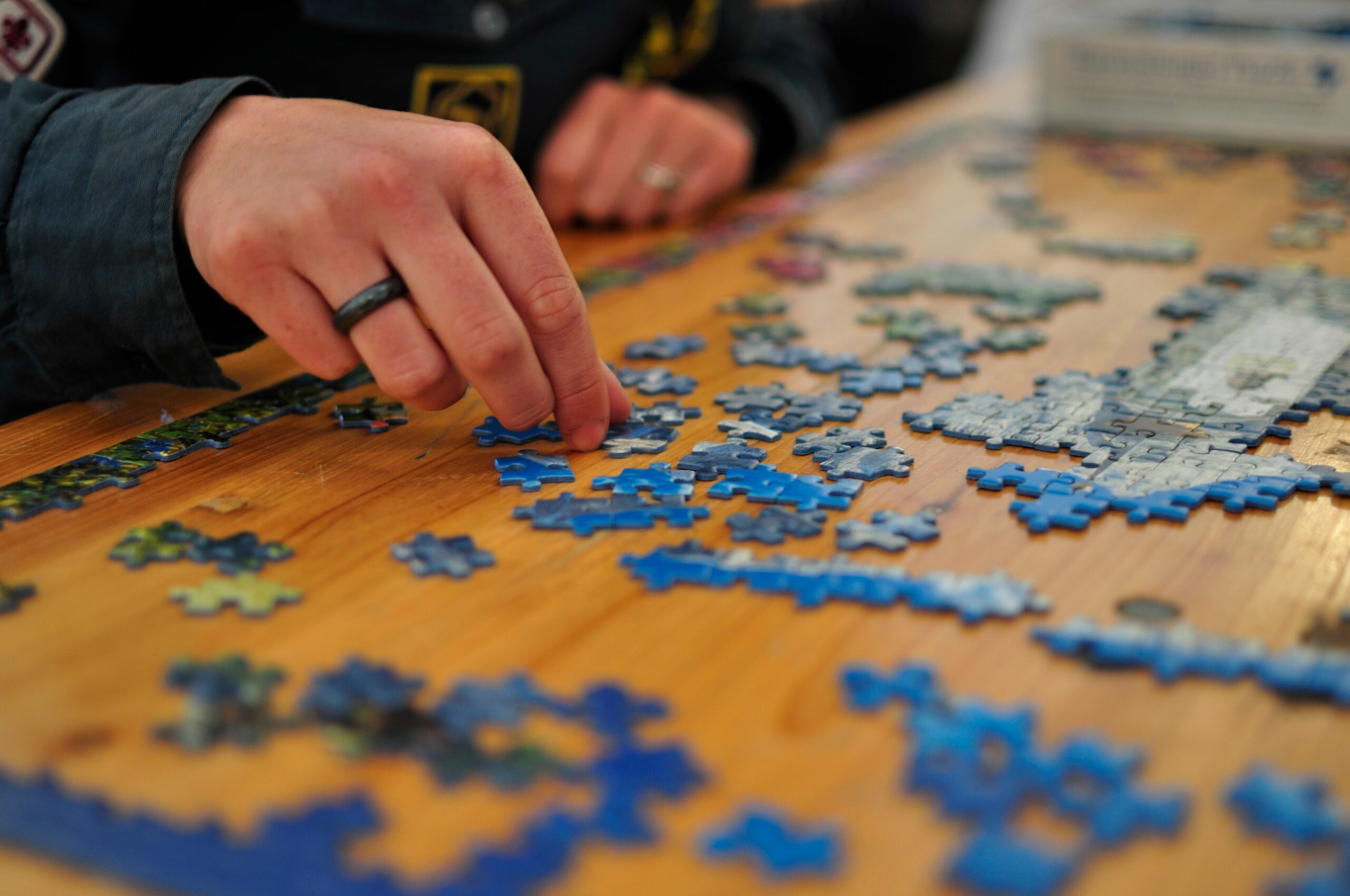Some puzzles are meant to be taken apart and boxed up when finished. Others are so visually striking, cleanly built, and enjoyable to complete that you want to keep them on display. Framing a puzzle isn’t just about the final image; it’s about how the puzzle looks, feels, and holds together as a full piece.
If you’re puzzling and thinking, “This might look great on a wall,” here’s how to tell if a puzzle is frame-worthy, and why fancy puzzles or themed builds like golf puzzles are often the right place to start.
Start with the Image
This is the most obvious part of the decision. The image is what everyone will see once the puzzle is framed. But not all images hold up after building.
Look for:
- Strong color contrast– Avoid puzzles where large sections blend into each other. A framed puzzle should have visual balance and separation.
- Crisp details– Can you clearly see small features when it’s done? For example, in golf puzzles, you should be able to spot the flag, trees, and texture of the course clearly.
- Style that matches your space– Think about where you might hang the finished puzzle. If it fits the mood and colors of your room, it’s a better candidate for display.
Remember, even fancy puzzles with creative artwork should still feel cohesive and polished when complete. A busy or overly chaotic design can get tiring on the wall.
Material Makes a Difference
Puzzles made from strong wood are more likely to hold their shape when framed. Cardboard can warp or separate over time, especially in humid areas. Wooden puzzles stay flat, don’t fray, and give you a clean edge to work with.
This is especially true with puzzles that are laser-cut. These pieces lock in tightly and keep the final puzzle more stable, which makes mounting and framing much easier. If you pick up a piece and it feels thick, smooth, and sturdy, that’s a good sign.
If you plan to frame your puzzle without glue (using pressure mounting or a puzzle preserver), wooden puzzles are a safer bet.
Fit and Finish Matter
A puzzle can have great artwork and sturdy material, but if the pieces don’t fit well, the result won’t be something you’ll want to display. Loose-fitting or poorly cut pieces lead to uneven lines and weak structure. That creates gaps or shifting when you try to lift or mount the puzzle.
You’ll notice the difference while building. Good fit means:
- Clean lines across every edge
- No lifted corners
- Sections that hold together when slightly moved
This kind of precision is common in many laser-cut puzzles. Once completed, the puzzle feels more like one solid surface than hundreds of small parts.
Shape and Size
Before framing, think about where the puzzle will go. A finished puzzle that’s too long or too wide for your space may not make sense to display.
Most puzzle makers include finished dimensions on the box. Take a quick measurement of your wall space, then make sure the puzzle fits well with room for a frame.
Also, note the shape of the puzzle itself. Some golf puzzles, for instance, may feature wide landscape layouts that work better in horizontal spaces, such as over a desk or sofa. Others may have vertical designs or even circular edges, which need custom frames.
Choose a shape that makes sense for where you want to hang it, otherwise, it may never leave the table.
Does It Hold Up When Viewed from Across the Room?
One overlooked test is viewing the completed puzzle from a few feet away. Does the image still hold its impact? Are the colors still transparent? Can you tell what it’s supposed to be?
A good puzzle for framing isn’t just nice to look at up close; it also has to look complete and attractive when you step back. Well-lit fairways, greens, and vast landscapes often look great from a distance and make relaxing wall pieces.
If a puzzle looks messy or unclear from a few feet away, it may not give you the visual payoff you’re looking for once framed.
Final Thoughts
Framing a puzzle is about more than saving a memory. Look for clean artwork, strong wooden pieces, and a balanced shape. Laser-cut puzzles often meet these standards, making them ideal for display-worthy builds that hold up well over time.

